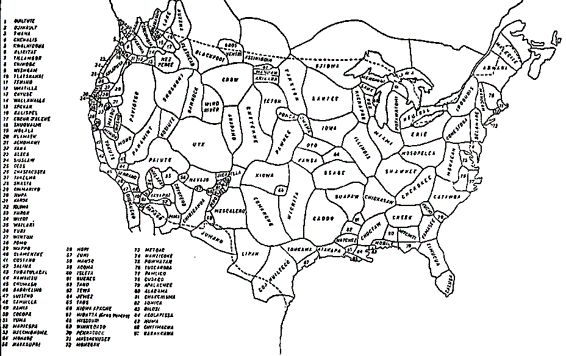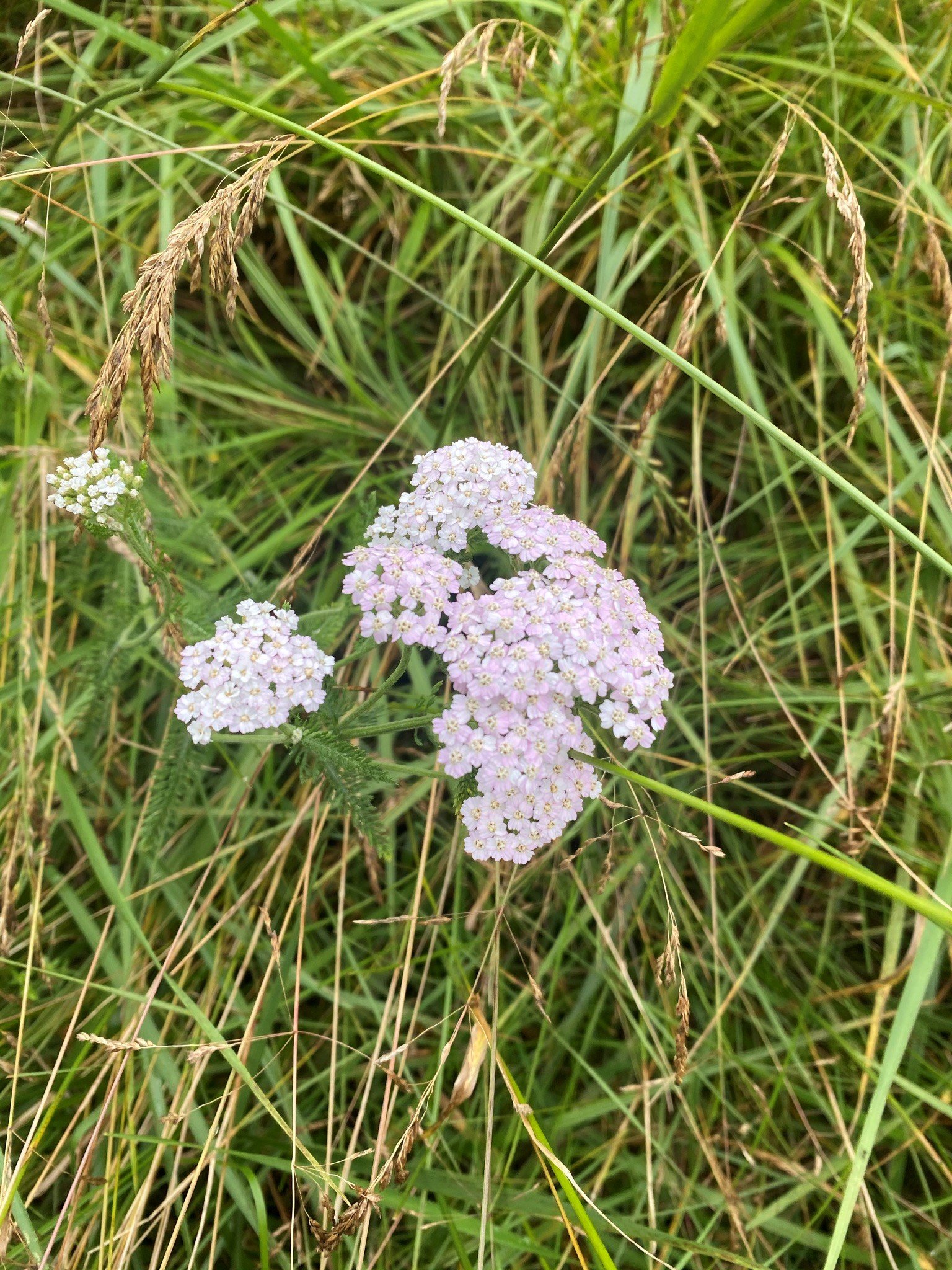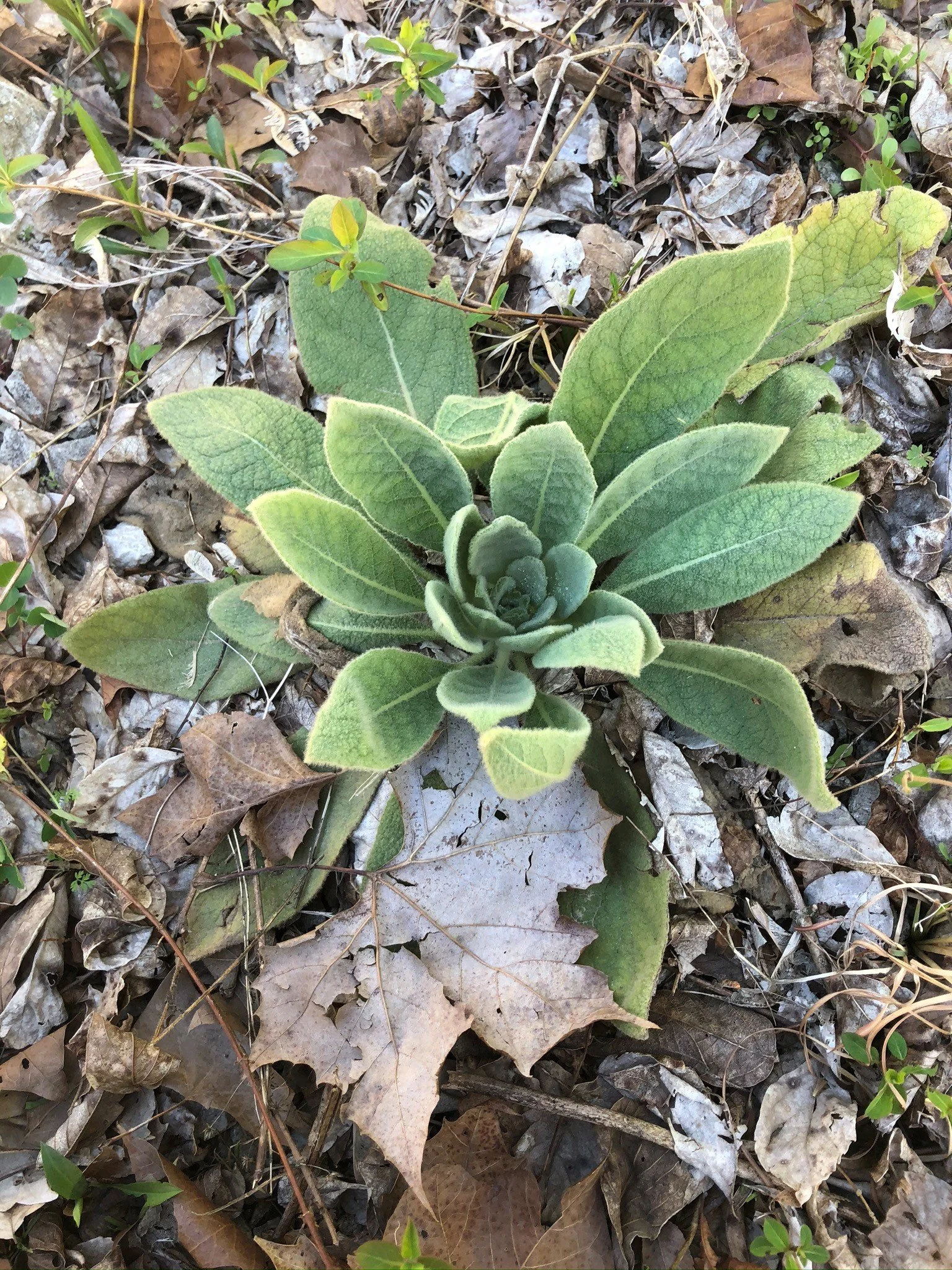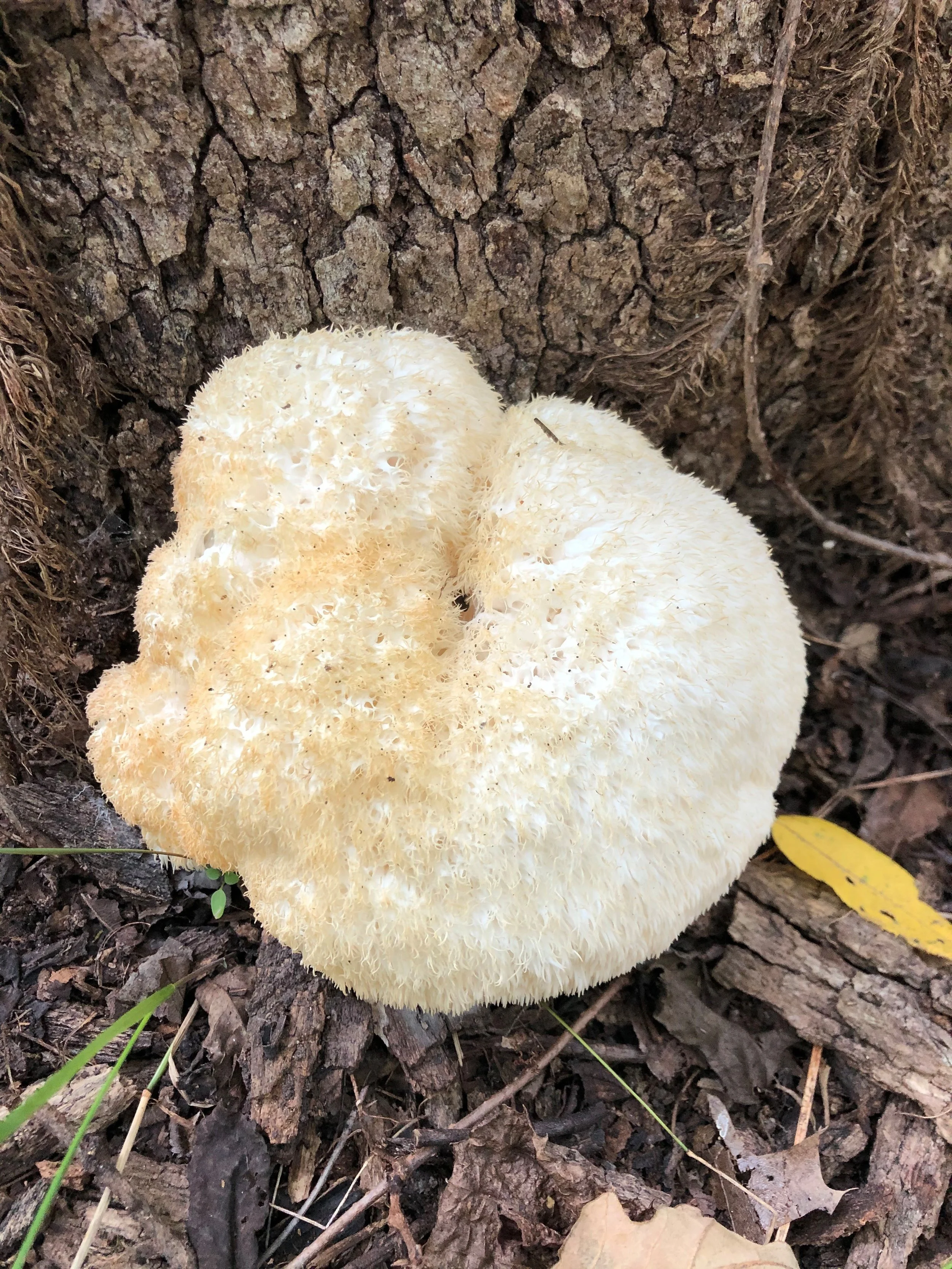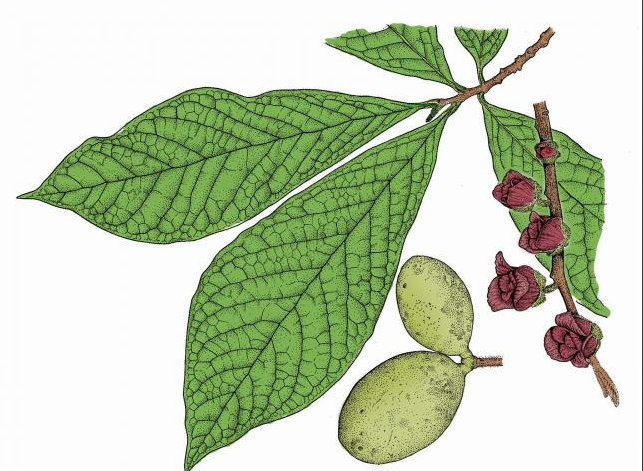A Guide to River Foraging
This guide was created to provide information on common mushrooms and plants that can be found in riparian areas along Ozarks rivers and streams.
Proper identification
Always use multiple resources for proper identification of plants and mushrooms. This can include online sources, foraging books, or experienced peers.
Always be 100% positive on an identification before consuming. Confirm with multiple sources.
Practice Safe Consumption
Always set aside a sample that you can take to your doctor in case you have a reaction, and always tell a friend or loved one when you are trying a new plant or mushroom.
Sustainable Foraging
Never dig up or completely remove plants, that is illegal in Missouri. Don’t worry, fungi is only the fruiting body of mycelium, so you are not removing the entire plant.
If harvesting perennial plants, only take from thriving plants. Prune the plant so that it can continue growing.
Only take about 1/3 of the plant at most. Local wildlife may rely on these wild foods, and you want to leave some for others. Only forage from a large population, and during peak times, so you aren’t wiping out the population.
Land acknowledgments
Without indigenous knowledge, we would not know a lot of the information given on this post. Always give reverence to native cultures and to the land when foraging.
Before English settlement, Missouri was home to many native tribes, including:
𐓏𐒰𐓓𐒰𐓓𐒷 𐒼𐓂𐓊𐒻 𐓆𐒻𐒿𐒷 𐓀𐒰^𐓓𐒰^ (Osage)
Ugahxpa (Quapaw)
Caddo
Delaware
Kiikaapoa (Kickapoo)
Očhéthi Šakówiŋ
Kaskaskia
For more information, please visit Native Land.
Foraging note: make sure you are following local laws and rules when foraging on public land.
Foraging, consumption, and medicinal information is provided for information purposes only, consult your health care provider about utilizing any plants for consumption or medical benefit.
Morechella- Morels
Morels are an edible and highly sought-after mushroom. They begin to pop up in the early weeks of spring when low temperatures begin to average around 50 degrees. Locations can vary, but are typically found in moist soils with lots of green, lush, ground cover.
Learn More: MDC Field Guide on Morels
Viola sororia- Violets
Violets are an edible flower that come up in early spring. They are also applicable to skin care as they produce salicylic acid. They can be found in lush moist areas.
Learn More: MDC Field Guide on Violets
Lamium purpureum- Red Dead Nettle
Dead Nettles are often viewed as a “weed” but are an edible plant. They also are a great herb to incorporate into a salve to help with muscle soreness. They are found in spring in just about any location with other vegetation. (Photo by MDC.)
Learn More: MDC Guide on Dead Nettle
Taraxacum officinale- Dandelion
Dandelions are another plant that is often viewed as a weed, but every part of it is edible. They are found through spring and summer in nearly any location that has other vegetative ground cover. (Photo by MDC.)
Learn More: MDC Guide on Dandelions
Galium aparine- Cleavers
Cleavers are a plant that is edible raw, and can also be made into a tea or tincture for medicinal benefits. They are used as a diuretic. They are often found near tree bases in moist soils. They can be found in spring through summer. (Photo by MDC.)
Learn More: MDC Field Guide on Cleavers
Monarda fistulosa- Wild Bergamot
Wild Bergamot is a highly fragrant flower. It can be used in teas, and is what is used to flavor Earl Gray tea! It can be found in large clusters in fields or prairies. It is found in the spring through summer.
Learn More: MDC Field Guide on Wild Bergamot
Blephilia ciliata- Ohio Horsemint
Ohio Horsemint is an edible plant that can be used in tea. It also has medicinal uses that can aid in menstrual cramps or digestion issues. It is often found in open woods in spring through summer.
Learn More: MDC Field Guide on Ohio Horsemint
Achillea millefolium- Yarrow
Yarrow is a medicinal herb that was often used in war time to help stop bleeding in wounds. It can be used to aid clotting as well as menstrual cramping. Yarrow is often found in fields in spring through summer.
Learn More: MDC Field Guide on Yarrow
SUMMER
Sumbucus canadensis- Common Elderberry
Elderberry is a shrub that flowers in May-July and fruits through August-October. Both the flower and berry can be used for medicinal benefits, but the berries are most used. Elderberry is rich in antioxidants making it a great ally for immune system support. Proper processing of this plant is important since parts of this plant are toxic. Elderberry is often found on riverbanks.
Learn More: MDC Guide on Elderberry
Verbascum Thapsus- Mullein
Mullein is a biannual plant that can be identified by its soft and “furry” leaves. It can be found year around apart from the latter parts of summer when it is too dry and hot for this plant to thrive. It is very common and can be found almost anywhere but is most commonly found in rocky soils or previously disturbed areas.
Learn More: MDC Field Guide on Mullein
Prunella vulgaris- Self Heal
Self heal is a highly medicinal plant that blooms from May-September. It can be used as a tea to help a variety of ailments like digestion or sore throats and can also be made into a salve to help heal wounds. It is most commonly found in moist soils with lush vegetation. (Photo by MDC.)
Learn More: MDC Field Guide on Self Heal
Cantharellaceae- Chanterelles
Chanterelles are an edible and highly sought-after mushroom. They can be found in similar habitats to morels and are less common in years with less rainfall. They can be identified by their false gills. Make sure to properly identify before consuming.
Learn More: MDC Field Guide on Chanterelles
Impatiens capensis- Jewelweed
Jewelweed is a medical plant that is not edible but can be applied topically or as a salve to help combat poison ivy rashes. It is very common and typically widespread, and blooms in July-September.
Learn More: MDC Field Guide on Jewelweed
Passiflora incarnata- Passionflower or Maypop
Passionflower is an edible and medicinal plant. It can be used to help depression, anxiety, and insomnia. It blooms in late July-August in the hottest parts of summer. It grows as a vine and can be found in sandy fields.
Learn More: MDC Field Guide on Passionflower
FALL
Hericium erinaceus- Lion’s Mane
Lion’s mane mushrooms are an edible and medicinal mushroom. They are extremely beneficial to brain cells and can help prevent Alzheimer’s. They can be found on living and dead trees and fruit in August-November.
Learn More: MDC Field Guide on Lion's Mane
Trametes versicolor- Turkey tails
Turkey tail mushrooms are a highly medicinal mushroom. They are rich in antioxidants and are a great ally for immune system support. They can be dried and made into a tea. Turkey tails can be found on fallen or dead trees, and can be found year-round, but spawn in September-January. They do have look-alikes, so proper identification is important.
Learn More: MDC Field Guide on Turkey Tails
Lindera benzoin- Spicebush
Spicebush berries are a very aromatic edible berry. The flower of the bush blooms in March-May and begins to produce berries in September-October. Spicebush often dried, ground, and used to flavor wild game. They are very common and can be found in moist woodlands.
Learn More: MDC Field Guide on Spicebush
Asimina triloba- Pawpaws
The pawpaw tree is a large bush to small tree that bears an edible fruit. It grows in dense shade on in moist woodlands and can be found in September-October. (Photo by MDC.)
Learn More: MDC Field Guide on Pawpaws
Pleurotus ostreatus- Oyster mushrooms
Oyster mushrooms are a delicious choice edible mushroom. They can be found on decaying trees from July all the way until December. Oysters can be identified by their gills, and have no poisonous look alike species.
Learn More: MDC Field Guide on Oysters


